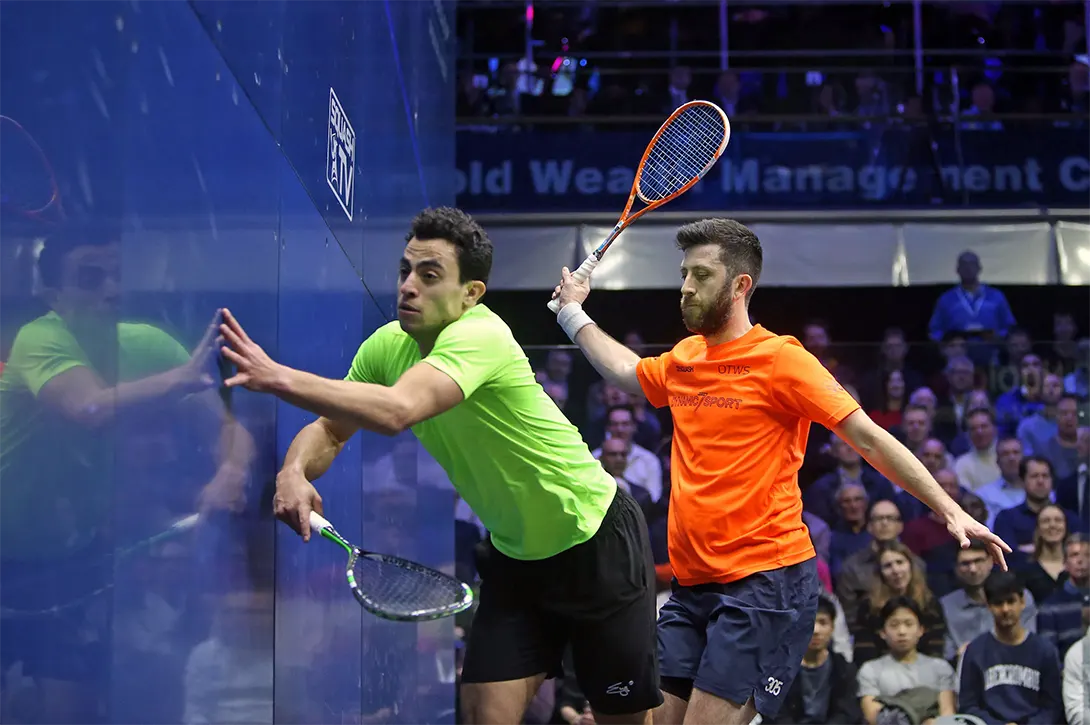30 September 2022 / 3-Min Read / Translate
Let's get straight to the point. You can stand anywhere to receive serve as long as you don't interfere with the server. It really is that simple. But there are two sections of the rules that must be considered.
The same rules for interference during a rally apply during a serve. So, yes, the returner *can* stand anywhere they want as long as they don't interfere with the server. What to stand in the front corner on the same side as the server? Sure, go ahead, but you won't reach the ball. Want to stand in the back corner on the same side as the server? Sure, go ahead, but you'll probably won't reach the serve.
Obviously, the best place to stand is in the corner where the ball is going, but there isn't one exact spot that you *have* to stand on. Depending on your confidence in your ability to volley, how fast your reactions are and most importantly, the kind of serves your opponent hits, your position to receive serve will vary ever so slightly.

The next point to consider is distraction. You can’t be jumping up and down and singing when your opponent is about to serve. You can’t be trash talking to them as they serve, although that would be kind of fun. Trash talking is when you say things like “Your serve is the worst serve I have ever seen. I’m going hit it harder than your father used to hit you as a child” or similar!
What you do want to do is stop your opponent’s ball from getting too deep into the back corner and limiting your options. To do that you could certainly move forward as the begin their swing. Or turn your shoulders a little if you think they are going to try to hit a hard, low serve down the middle.
At lower club levels, right-handed players often serve on the right side without looking over their shoulder to see where the receiver is. You can take advantage of this omission by edging forward and volleying the ball. Of course, it depends on what kind of serve they play, but often it can be an effective tactic to catch them off-guard.
Stand to receive serve in the place that gives *you* maximum options. In general, I recommend starting further away from the side wall and further back, and then moving forward instead of the opposite which is moving backwards. But a lot depends on the types of serve your opponent is playing.